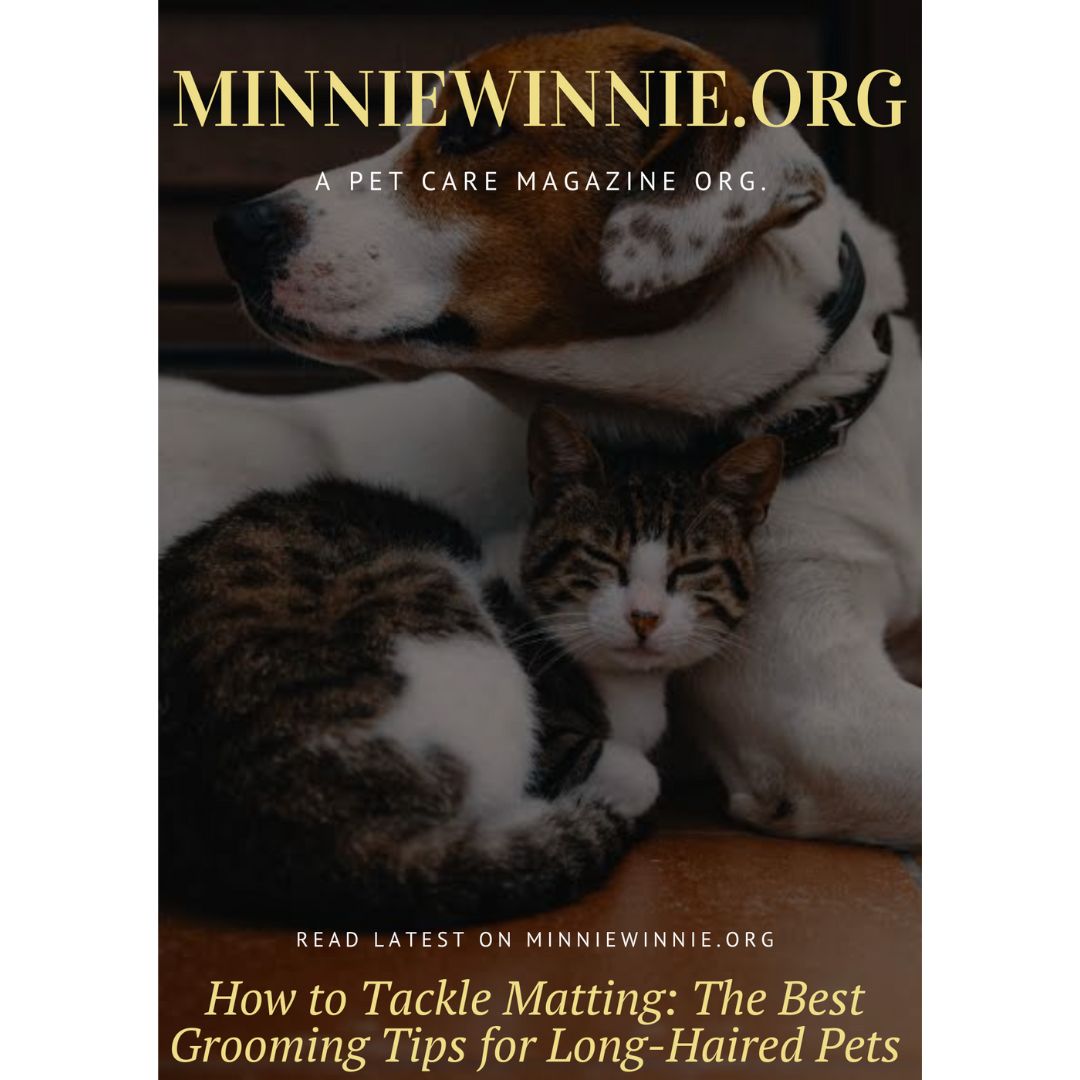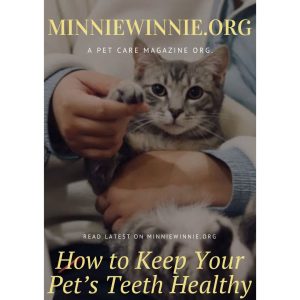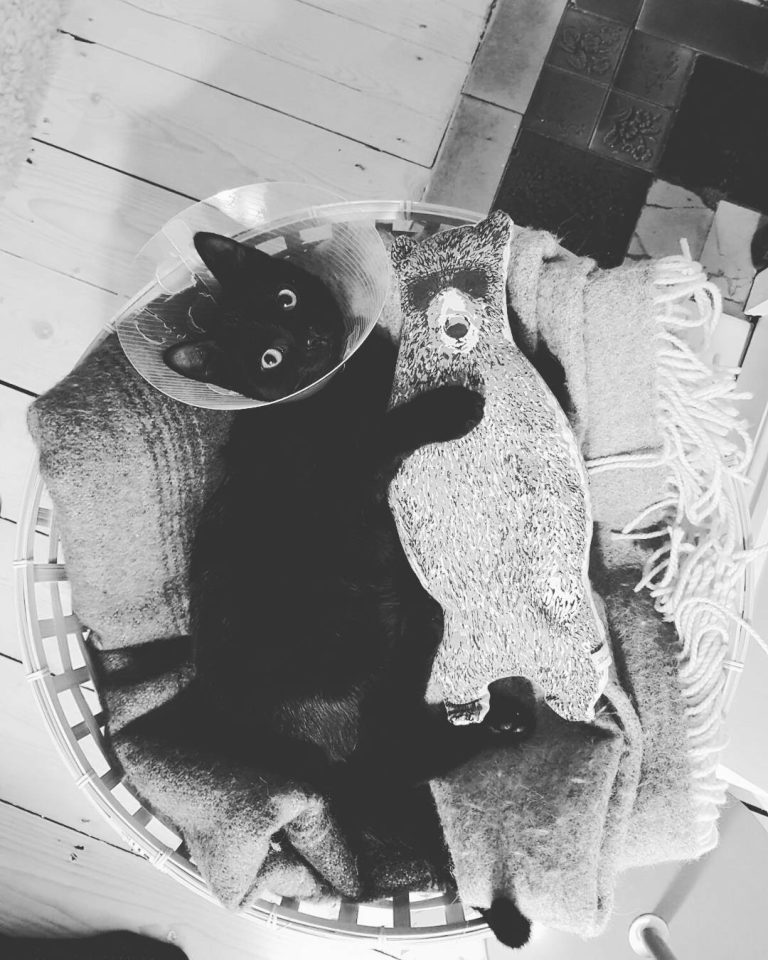How to Tackle Matting: The Best Grooming Tips for Long-Haired Pets
Caring for a long-haired pet can be rewarding, but their beautiful fur often comes with the challenge of matting. Mats can cause discomfort, skin problems, and even pain for your pet. Here are some practical tips to prevent and manage matting while keeping your pet’s coat healthy and tangle-free.
1. Understand Why Matting Happens
Matting occurs when loose fur, dirt, and debris become entangled in your pet’s coat.
- Common Causes: Lack of regular brushing, moisture, and friction from collars or harnesses.
- High-Risk Areas: Mats typically form around the neck, behind the ears, under the legs, and near the tail.
2. Regular Brushing is Key
Consistent grooming helps prevent tangles before they develop into mats.
- Use the Right Tools: Invest in quality grooming tools like a slicker brush, wide-tooth comb, or de-matting rake.
- Brush Daily: For long-haired pets, daily brushing ensures loose hair doesn’t clump together.
- Work in Sections: Focus on one small area at a time to avoid overwhelming your pet and ensure thorough grooming.
3. Keep Their Coat Clean and Dry
Bathing and drying your pet properly can minimize matting.
- Regular Baths: Use a pet-safe shampoo to clean their fur, removing dirt and oils that can lead to tangles.
- Dry Thoroughly: After bathing, towel-dry and gently comb their fur to prevent mats from forming as it dries.
4. Detangle Mats Safely
If mats have already formed, handle them carefully to avoid hurting your pet.
- Start Gently: Use your fingers to loosen smaller mats before using grooming tools.
- De-Matting Spray: Apply a detangling spray to soften the fur and make combing easier.
- Avoid Pulling: Use a comb or de-matting tool to work through the mat, starting at the ends and moving toward the base.
- Seek Professional Help: For severe matting, consult a groomer or veterinarian to safely remove them.
5. Trim Problem Areas
Prevent mats by keeping fur short in high-friction areas.
- DIY Trims: Use grooming scissors to carefully trim fur around the ears, belly, and underarms.
- Professional Grooming: Schedule regular appointments to maintain a manageable coat length.
6. Monitor Seasonal Changes
Long-haired pets may shed more during certain times of the year, increasing the risk of matting.
- Increased Brushing: Brush more frequently during shedding seasons.
- Shedding Tools: Use a de-shedding brush to remove loose hair before it can mat.
7. Create a Stress-Free Grooming Routine
Ensure grooming is a positive experience for your pet.
- Start Early: Introduce grooming when your pet is young to help them get used to it.
- Reward Good Behavior: Use treats and praise to make grooming enjoyable.
- Be Patient: Take breaks if your pet becomes restless or anxious.
Final Thoughts
Tackling matting in long-haired pets requires a proactive approach with regular grooming and proper care. By brushing consistently, keeping their coat clean, and addressing tangles promptly, you can ensure your pet stays comfortable, healthy, and mat-free. If matting becomes unmanageable, don’t hesitate to seek professional help to protect your pet’s well-being.










